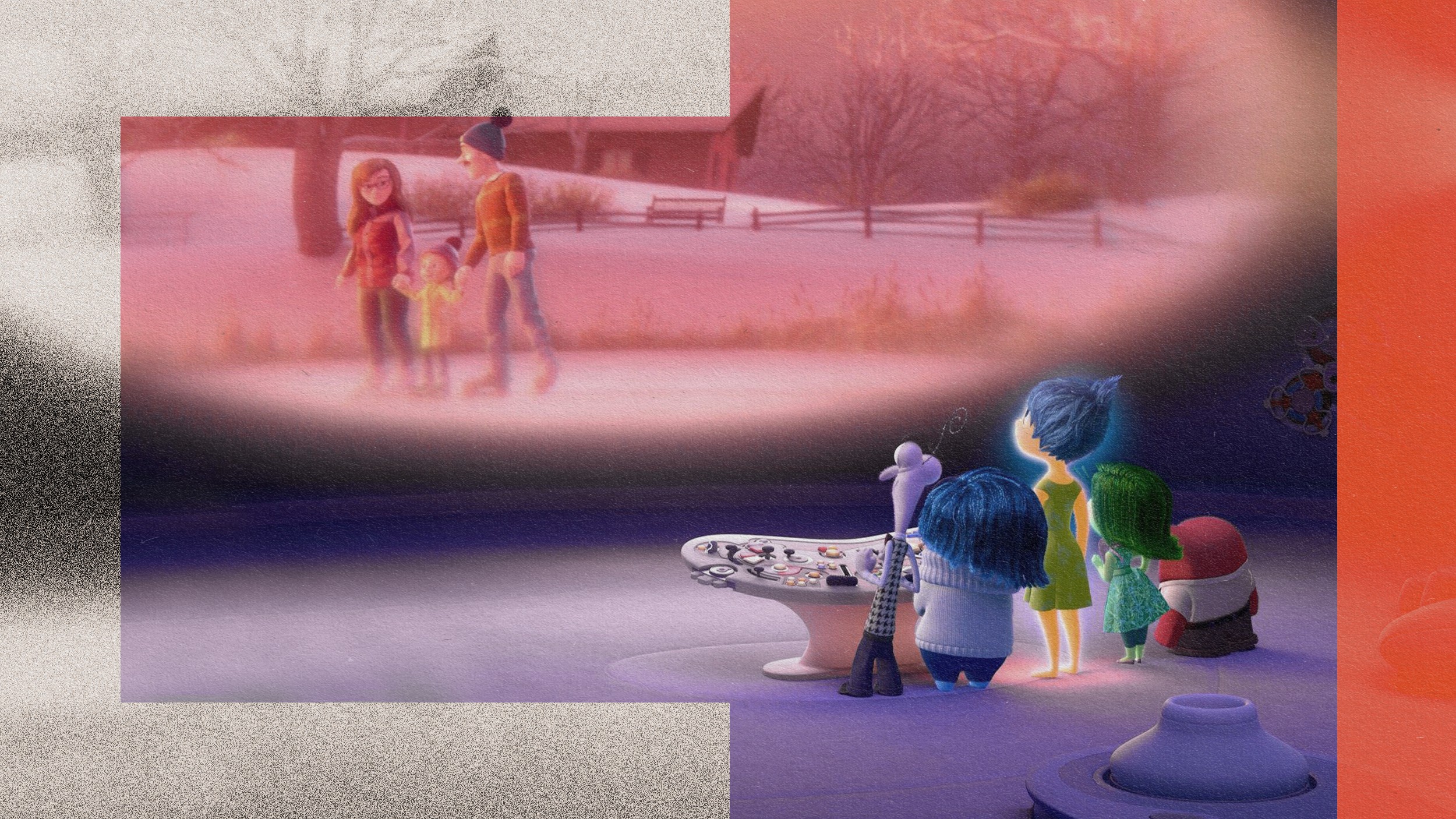To paraphrase a common proverb: Show me a mean and callous person and I’ll show you someone whose prior compassion got mistaken for weakness.
If we understand compassion to be the natural sense of concern that arises when we encounter someone in need of help, then the main inhibitor of our natural compassionate instinct is fear. Author Thupten Jinpa, who is perhaps most well-known as the long-time translator for the Dalai Lama, explains in this video interview that social fears and pressure often lead us to repress our compassionate inclinations. Among these fears is the feeling that someone will exploit your kindness, as well as the worry that compassion is most often linked to emotion and therefore leads to irrational thinking.
“It’s very unfortunate,” says Jinpa, “that these various forms of culturally acquired fear really undermine the expression of what is really natural to us as human beings, which is the ability to connect with someone and the ability to relate to that person at a deeper level and have a much more open-hearted kind of interaction.”
Thupten Jinpa: I would define compassion in a nutshell as a natural sense of concern that arises in us in the face of someone who is in need or someone who is in pain. And accompanied by a kind of a wishing to see the relief or end of that situation and wanting to do something about it. So compassion is not just an emotional reaction. There is also a more motivational kind of element, which makes us want to do something about the situation. One of the interesting things about our contemporary modern society is that given the highly competitive nature of society and also the way in which we bring up our children and the way in which we ourselves grew up, which involved a huge amount of evaluation and judgment and comparison with others from a very, very early age. We have kind of internalized a certain kind of way of being in the world and perceiving our relationship with others. And that dynamic has created a certain kind of, you know, inhibitions against our natural compassionate instinct. So and these inhibitions really take primarily in the form of fear. So for example many people worry and are afraid that if they are too kind and too compassionate that other people will take advantage of them. They will see them as pushover or weak or losers. So that’s one type of fear that we bring.
Another type of fear that we bring is that, you know, because in popular understanding of compassion it’s so dominated by compassion as an emotion, kind of a soft heart, tender heart, and so on. So people worry that if they allow their compassionate and kinder instinct to become more dominant in their way of interacting with the world and others, you know, somehow it might undermine their more rational, tougher side so that they may not be able to succeed in the life and compete. That’s another type of fear. And then sometimes in intimate relations, particularly, you know, between parents and children on the part of the parents sometimes we also worry that if we are too kind to our children, we might be spoiling them. They might become over dependent upon us and that somehow we will end up having to do everything for them. So these are various types of fear that we bring into our expression of natural compassionate instinct. And a lot of these are subconscious biases that we bring, you know. People may not necessarily sit down and think that’s what I’m going to do. But these are culturally acquired sensibilities and biases, which also makes us suspicious. When someone is being kind to us, compassionate towards us, we start wondering there must be a hidden agenda, you know. That person must want something from me. So it’s very unfortunate that these are various forms of culturally acquired fear that really undermines the expression of what is really natural to us as human being, which is the ability to connect with someone and the ability to relate to that person at a deeper level and have a much more open-hearted kind of interaction.





